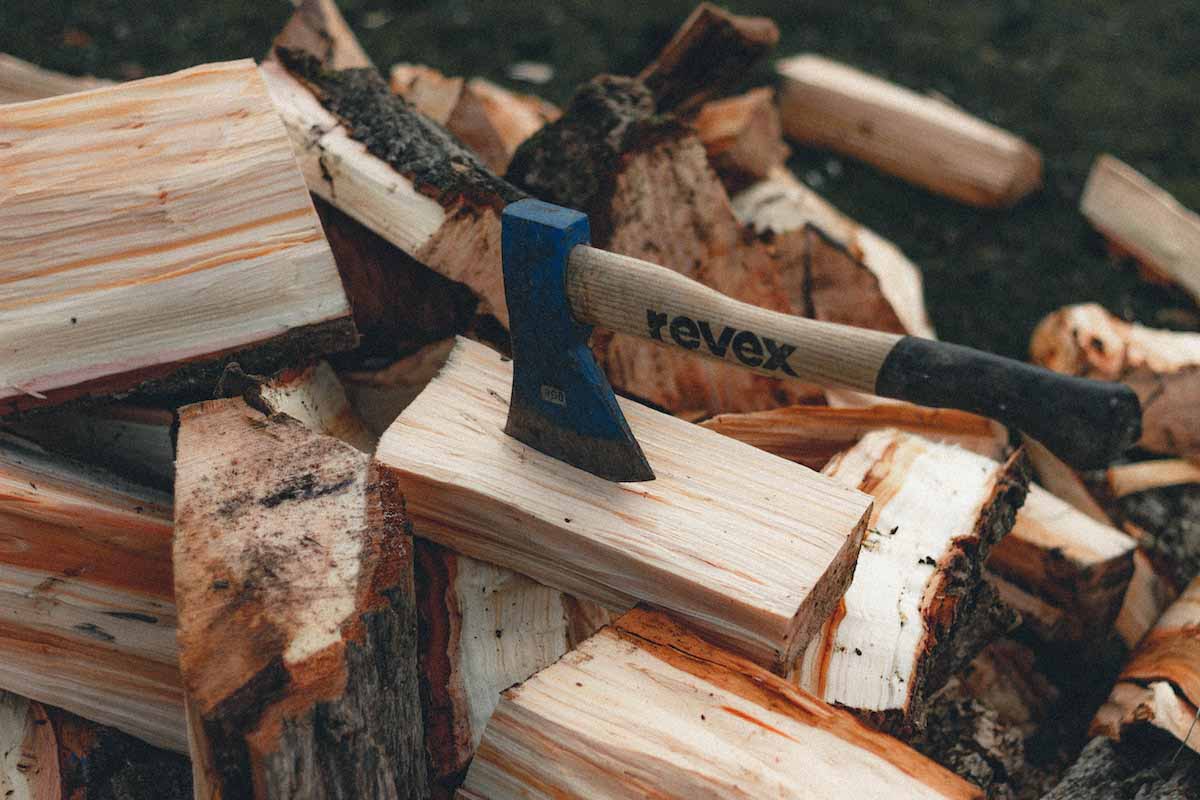When the temperatures drop, there’s nothing quite as comforting as the warm, crackling ambiance of a wood burning stove. For those who rely on wood-burning stoves as a primary or supplemental heat source, the quality of firewood becomes a critical factor in ensuring efficient and effective heating.
One common question that arises among wood stove users is whether firewood can be too dry.
In this article, we will answer the main question can firewood be too dry? Let’s explore the concept of seasoned firewood, the potential risks of very dry wood, and the optimal seasoning wood moisture content required for optimal wood stove performance.
What is Seasoned Firewood?
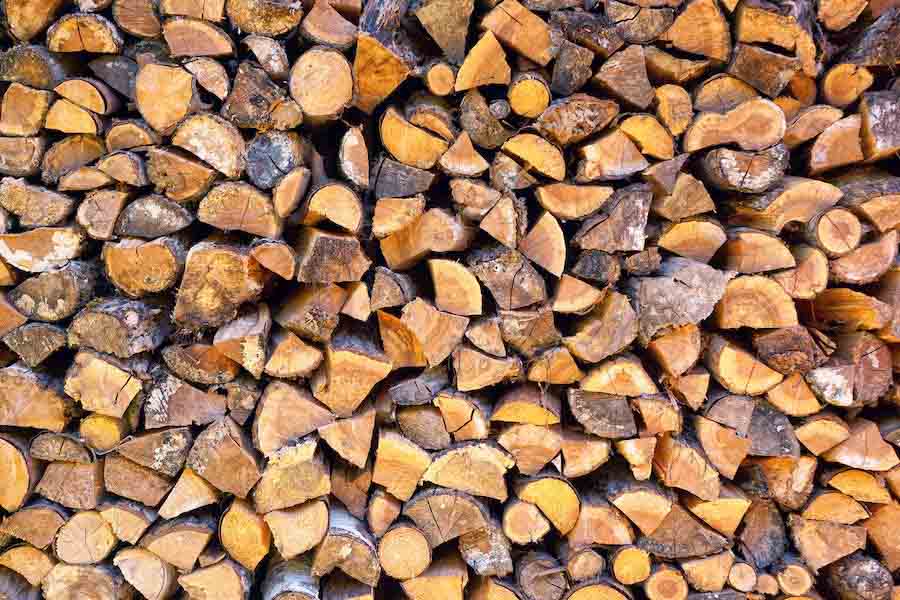
Seasoned firewood refers to wood that has been appropriately dried to reduce its moisture content. Freshly cut wood contains a significant amount of water, usually around 30% to 60% of its total weight, depending on the type of wood and the environmental conditions.
This high moisture content makes the wood difficult to ignite and less efficient at producing heat. To improve its burning properties, firewood needs to be seasoned.
The seasoning process involves cutting, splitting, and storing the wood in a well-ventilated area for an extended period, typically six months to one year.
During this time, the wood’s moisture content gradually decreases to an optimal level, usually around 15% to 20%.
Properly seasoned wood ignites more easily, burns cleaner, and generates more heat, making it the preferred choice for wood stove users.
Can Firewood Be Too Dry?
A common misconception among wood stove owners is the belief that drier firewood is always better to burn firewood. However, this is not entirely true. While properly seasoned firewood offers numerous benefits, there is a point where firewood be too dry for using.
When firewood’s moisture content falls below 15%, it can negatively impact the wood stove’s performance and even pose potential risks.
The Dangers of Burning Wet Wood
If you burn unseasoned or wet firewood you should be avare that it can lead to several problems.
Firstly, wet wood is challenging to ignite, often requiring more kindling and long burn periods to achieve a steady fire.
Additionally, the combustion process of wet wood is inefficient and produces more smoke. This not only reduces the wood stove’s heat output but also leads to the buildup of creosote, a highly flammable substance that can cause chimney fires.
Optimal Moisture Content for Firewood
To ensure optimal burn performance, it is crucial to strike the right balance when it comes to firewood moisture content.
For most wood stoves, the ideal moisture level in firewood falls within the range of 15% to 20%. At this moisture content, the firewood burns efficiently, providing maximum heat output with minimal smoke and creosote buildup.
Testing Firewood Moisture Content

Determining the moisture content of firewood is essential to gauge its suitability for burning. Several methods and tools can help measure the moisture content accurately.
One common approach is using a moisture meter specifically designed for firewood. These meters utilize probe sensors that penetrate the wood to measure its moisture levels.
By regularly testing the firewood, wood stove users can determine whether the wood is adequately seasoned and ready for use.
Signs of Overly Dry Firewood
While having seasoned firewood is crucial, it is equally important to be cautious of firewood that is excessively dry. Overly dry firewood may exhibit certain characteristics that indicate it has gone beyond the optimal moisture range. Some signs include:
- Excessive cracking: When firewood is too dry, it may crack excessively along the grain, indicating its excessive dryness.
- Lightweight and brittle: Dry firewood feels significantly lighter and may become brittle, easily breaking into smaller pieces.
- Rapid ignition and burnout: If the firewood ignites and burns out too quickly, it could be a sign of excessive dryness.
Avoiding Common Firewood Drying Mistakes
To achieve clean burn on properly seasoned firewood, it is crucial to follow the right drying practices. Common mistakes to avoid include:
- Improper storage: Storing firewood in a damp or poorly ventilated area can hinder the seasoning process.
- Inadequate drying time: Rushing the seasoning process may result in firewood that is not dry enough for efficient burning.
- Ignoring the type of wood: Different wood species have different drying rates, so understanding the characteristics of the wood you’re using is essential.
The Impact of Too Dry Wood on Wood Stove Efficiency
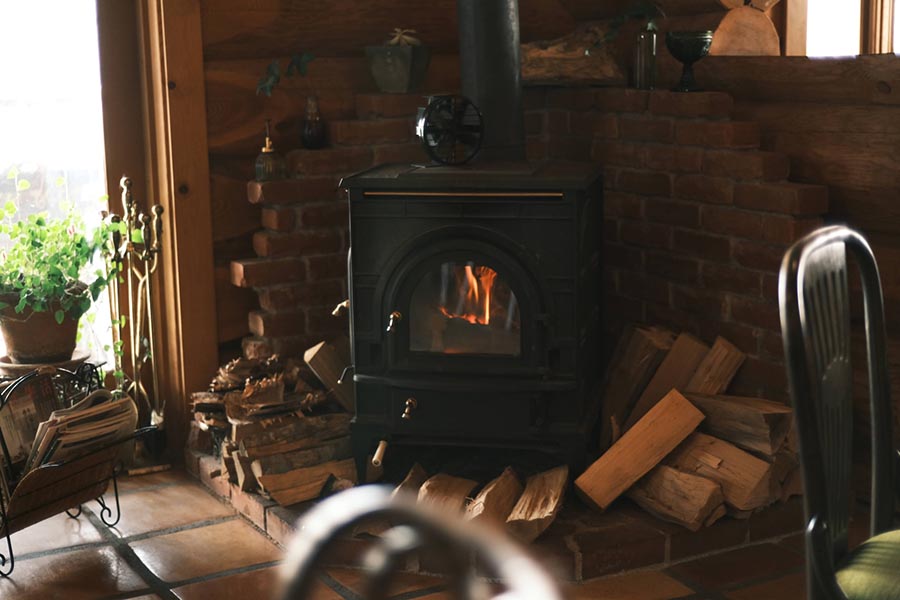
Using excessively dry firewood in your wood stove can have a significant impact on the stove’s emission rate and its overall efficiency. When the moisture content of firewood falls below the recommended range of 15% to 20%, several issues may arise that can hinder the stove’s performance.
Firstly, very dry firewood tends to burn too quickly, which can lead to reduced heat output. As a result, you may find yourself constantly adding more wood to maintain a comfortable temperature, leading to increased wood consumption and more frequent trips to restock your supply.
Moreover, burning extremely dry wood generates more intense and smokier fires. This increased smoke production contributes to a higher accumulation of creosote inside the fireplace and chimney, elevating the risk of chimney fires.
Additionally, the prolonged exposure to high temperatures caused by intense fires can put extra stress on your wood stove and chimney, potentially leading to cracks, warping, or other damage that can reduce the lifespan of your stove.
Beyond the direct impact on the wood stove itself, using too dry firewood can also have environmental consequences.
Inefficient burning of excessively dry wood results in more smoke and particulate matter being released into the atmosphere. This can harm air quality and contribute to environmental pollution, making it a less eco-friendly choice.
The Dangers of Burning Green Firewood
Burning green firewood comes with several drawbacks. Due to its high moisture content, green firewood is challenging to ignite and maintain a steady fire. The excess water in the green wood absorbs a significant amount of heat during combustion, resulting in lower heat output.
As a consequence, you’ll find yourself using more green firewood compared to properly seasoned firewood to achieve the same level of warmth, leading to increased wood consumption.
Furthermore, burning green firewood produces copious amounts of smoke and creosote, which can lead to a buildup of residue in the chimney. This accumulation of old wood and creosote creates a fire hazard and increases the risk of chimney fires.
Additionally, the excessive smoke emissions from burning green firewood contribute to air pollution, negatively affecting both indoor and outdoor air quality.
Storing Firewood for Optimal Moisture Levels
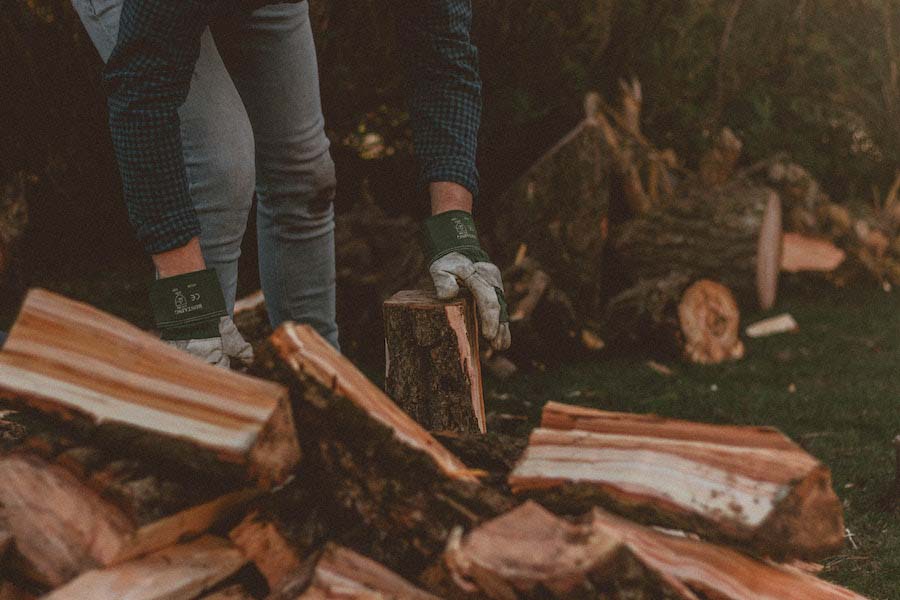
Properly storing firewood is crucial for maintaining its optimal moisture levels and ensuring a steady supply of well-seasoned wood for your wood stove.
When storing firewood, it is essential to consider several factors. Firstly, store the firewood in a well-ventilated area, preferably covered to protect it from rain and snow.
A woodshed or a stack covered with a tarp works well to shield the wood from the elements. To prevent moisture from the ground from seeping into the wood, elevate the firewood stack by using pallets or a raised platform. Position the stack to receive maximum sunlight and airflow.
Sunlight helps to dry any residual moisture in the wood, while wind exposure aids in the natural drying process. Adequate spacing between the logs in the stack is essential to allow air to circulate freely.
Avoid tightly packing the wood, as this can impede drying. Consider using different stacking techniques, such as the criss-cross or log cabin style, to enhance air circulation within the stack.
Using Properly Seasoned Firewood
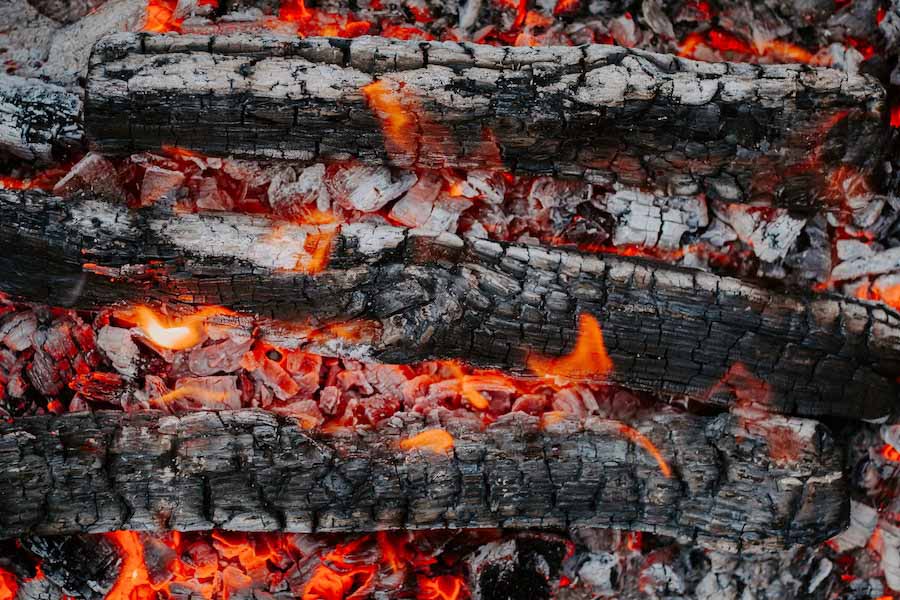
Using properly seasoned firewood is essential for getting the most out of your wood stove. There are several benefits to using well-seasoned firewood.
Firstly, treated wood burns efficiently, producing more heat and ensuring that your wood stove operates at its best. This not only keeps your living space warm and cozy but also reduces the need for frequent reloading of the stove.
In addition to improved heat output, burning well-seasoned firewood results in cleaner combustion and reduces the formation of creosote in the chimney, thus lowering the risk of chimney fires.
Moreover, using well-seasoned firewood is environmentally friendly as it minimizes smoke and particulate emissions, contributing to better air quality and a reduced carbon footprint. From a cost perspective, investing in well-seasoned firewood can be more economical in the long run, as you’ll require less wood to achieve the same level of warmth and comfort.
By understanding the impact of too dry wood on wood stove efficiency and adopting proper firewood storage practices, you can ensure that your wood stove operates optimally this season, keeping your home warm and cozy during the chilly months.
Conclusion
Properly seasoned firewood plays a crucial role in the efficiency and performance of wood stoves or fireplaces.
While the idea of drier firewood may seem appealing, there is a limit to how dry firewood should be for optimal use.
By understanding the significance of properly seasoned wood and avoiding the pitfalls of very dry firewood, fireplace users can ensure a cozy and safe environment during the colder months.

